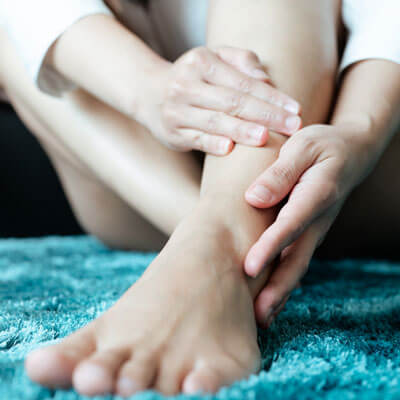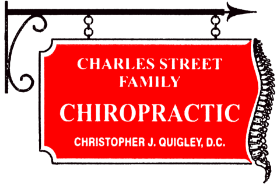Picture this: You stub your toe—or sprain your ankle—and your inner voice squeals, “Quick, it needs total rest!” But before you sink into a couch-bound coma, let science step in to whisper: “Hold up. Let’s move a bit first—wisely.” That’s the gem hidden in Dr. Joseph Buckwalter’s 1996 work, Effects of Early Motion on Healing of Musculoskeletal Tissues. Spoiler alert: Couch-based “healing” might actually be more of a villain in disguise. As Boston sports chiropractors, we have used Dr. Joe’s healing concepts for many years.
Rest: The Sneaky Saboteur of Healing?

It turns out, burying yourself under blankets and becoming one with potato chips might feel cozy—but your bones, tendons, ligaments, cartilage, and muscle tissues beg to differ. Buckwalter’s research shows that prolonged rest doesn’t help—they hate it. Lean too hard into immobility, and healing slows, normal tissue deteriorates, and your recovery timeline drags like molasses in winter.
Movement: The Unsung Recovery Hero
Now for the good part: a little controlled motion is like giving your tissues a motivational pep talk. Bones, muscles, and even dense connective tissue (yup—that tough stuff) respond to smart activity patterns—gaining strength and resilience. Picture cartilage saying, “Oh, hey, feel that? That’s what maintenance feels like.” And healing tissues? They’re like enthusiastic puppies, soaking up gentle movement like it’s a high-five from the universe.
But Wait—Caution, Please!
Before you bounce into a dance break while nursing a sprain: moderation is key. Overdo it, and you’re flirting with disaster. Too much motion too early can stall or even reverse healing. It’s like adding chili to chocolate—exciting but risky.
Personalized Recovery: A Speed Dial Approach
One of the coolest insights? Your tissues don’t march to the same beat. Bone and muscle are like that energetic friend ready to hit the gym at a moment’s notice—they respond quickly at any age. Cartilage and ligaments? They’re more like that introspective pal enjoying quiet introspection—they respond, but more slowly and subtly.
Real-Life Takeaways
-
Ditch the full bed-arrest: A short rest might soothe the pain, but full immobilization? Not so much.
-
Work within safe limits: Gentle range-of-motion exercises—like ankle circles, light stretching, or gentle load-bearing—can help tissues heal stronger.
-
Consult the pros: Chiropractors have been specialists in knowing when to move an injured area and when to work through it
-
Age gracefully: Even if you’re vintage (like a fine wine), your bones and muscles can bounce back—especially with the right movement cocktail.
The Fun Summary
Imagine healing as a quirky quest. Sit still, and you might stall in “Healingville.” Overcommit to activity, and you crash into “Ouchtown.” But if you pace yourself—listen to your body, move gently, repeat—you cruise through Recovery Road like a victory lap.
In short: Early, controlled motion? That’s your secret recovery superpower. These concepts are why we get such great results in our clinic. We are continually focused on getting your spine moving better to have it work and feel better. Call us at 617-720-1992 to see if we can help you in your recovery.
